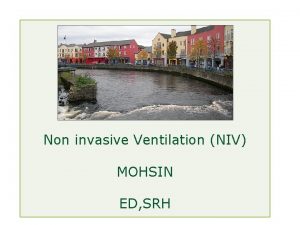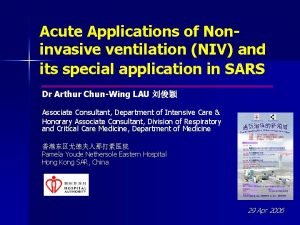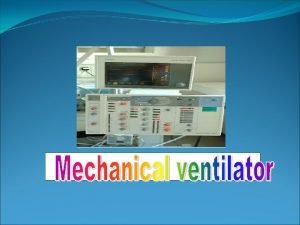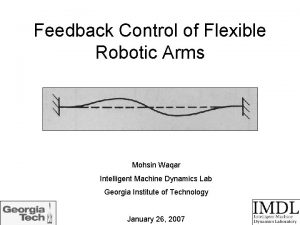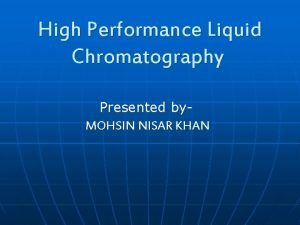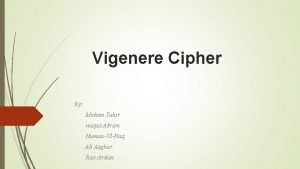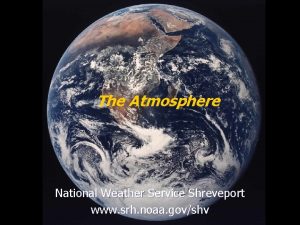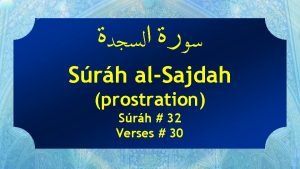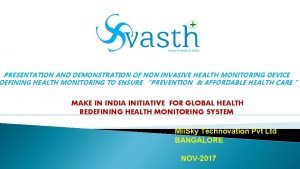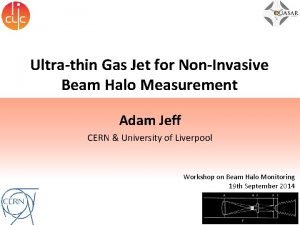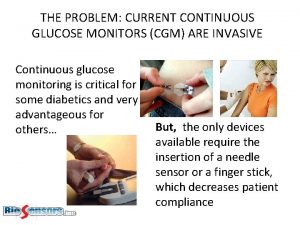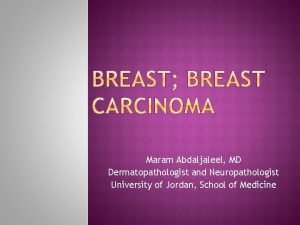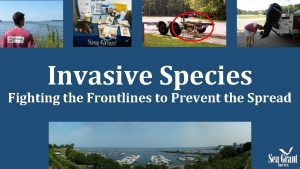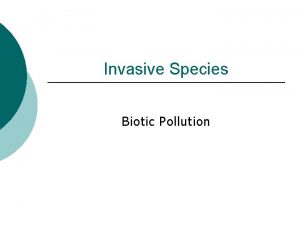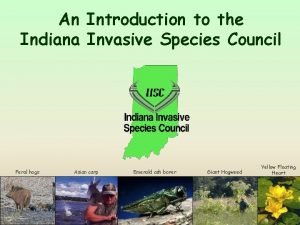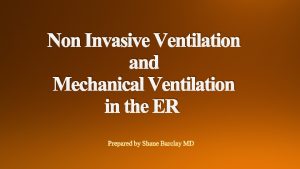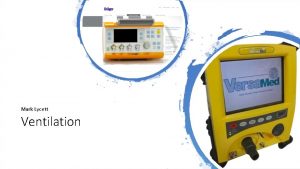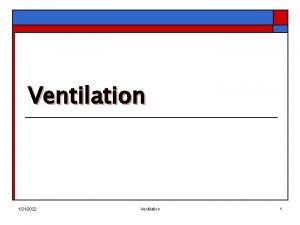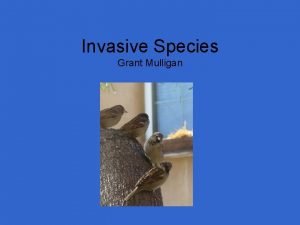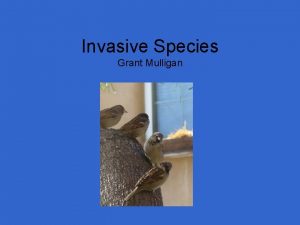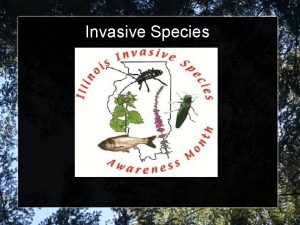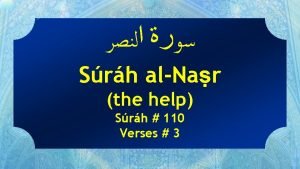Non invasive Ventilation NIV MOHSIN ED SRH Non





















- Slides: 21

Non invasive Ventilation (NIV) MOHSIN ED, SRH

Non Invasive Ventilation(NIV) • Delivery of ventilation to the lungs without an invasive airway (endotracheal or tracheostomy) • Avoid the adverse effects of intubation or tracheostomy (early and late)

Types of NIV • Negative pressure ventilation (iron or tank-chest cuirass) • Abdominal Displacement(Pneumobelt-Rocking bed) • Positive pressure ventilation(pressure BIPAP- CPAP, Volume)

Negative Pressure Ventilation (NPV) • Negative pressure ventilators apply a negative pressure intermittently around the patient’s body or chest wall • The patient’s head (upper airway) is exposed to room air • An example of an NPV is the iron lung or tank ventilator

Function of Negative Pressure Ventilators • Negative pressure is applied intermittently to the thoracic area resulting in a pressure drop around the thorax • This negative pressure is transmitted to the pleural space and alveoli creating a pressure gradient between the inside of the lungs and the mouth • As a result gas flows into the lungs

Benefits of Using NPPV • • • NPPV provides greater flexibility in initiating and removing mechanical ventilation Permits normal eating, drinking and communication with patient Preserves airway defense, speech, and swallowing mechanisms Benefits of Using NPPV Compared to Invasive Ventilation • • • Avoids the trauma associated with intubation and the complications associated with artificial airways Reduces the risk of ventilator associated pneumonia (VAP) Reduces the risk of ventilator induced lung injury associated with high ventilating pressures

Benefits of Using NPPV(cont. ) • • Reduces inspiratory muscle work and helps to avoid respiratory muscle fatigue that may lead to acute respiratory failure Provides ventilatory assistance with greater comfort, convenience and less cost than invasive ventilation Reduces requirements for heavy sedation Reduces need for invasive monitoring

clinical Benefits of Noninvasive Positive Pressure Ventilation ACUTE CARE • Reduces need for intubation • Reduces incidence of nosocomial pneumonia • Shortens stay in intensive care unit • Shortens hospital stay • Reduces mortality • Preserves airway defenses • Improves patient comfort • Reduces need for sedation CHRONIC CARE • Alleviates symptoms of chronic hypoventilation • Improves duration and quality of sleep • Improves functional capacity • Prolongs survival

Contra-indications to NPPV Cardiac or respiratory arrest Nonrespiratory organ failure Severe encephalopathy (eg, GCS <10) Severe upper gastrointestinal bleeding Hemodynamic instability or unstable cardiac arrhythmia Facial or neurological surgery, trauma, or deformity Upper airway obstruction Inability to cooperate/protect airway Inability to clear secretions High risk for aspiration

Exclusion Criteria for Noninvaseive Positive Pressure Ventilation 1. Respiratory arrest or need for immediate intubation 2. Hemodynamic instability 3. Inability to protect the airway (impaired cough or swallowing) 4. Excessive secretions 5. Agitated and confused patient 6. Facial deformities or conditions that prevent mask from fitting 7. Uncooperative or unmotivated patient 8. Brain injury with unstable respiratory drive 9. Untreated pneumothorax


Continuous Positive Airway Pressure – CPAP • Another form of noninvasive support is CPAP that is usually applied through a mask-type device • CPAP does not actually provide volume change nor does it support a patient’s minute ventilation

CPAP is most often used for two different clinical situations • • therapeutic technique for treating patients with obstructive sleep apnea to help improve oxygenation, for example in patients with acute congestive heart failure

BIPAP (Bilevel positive airway pressure ) • Pressure target ventilation • Cycle between adjustable inspiratory & expiratory (IPAP & EPAP) • IPAP=8 -20 cm/H 2 O EPAP=4 -5 • Mode(S, Time triggered , S/T) • Improve ventilation depends to difference of IPAP & EPAP

Nasal Masks Dual density foam bridge forehead support Thin flexible & bridge material Respironics Contour Deluxe™ Mask Dual flap cushion 360 swivel standard elbow

Full Face Masks • Most often successful in the critically ill patient Double-foam cushion Adjustable Forehead Support Entrainment valve Respironics Performa. Trak® Full Face Mask Pressure pick-off port Ball and Socket Clip

Nasal Pillows or Nasal Cushions • Suitable for patients with – Claustrophobia – Skin sensitivities – Need for visibility Respironics Comfort Lite Nasal Mask

Advantages of Nasal Masks • • • Less risk of aspiration Enhanced secretion clearance Less claustrophobia Easier speech Less dead space Disadvantages of Nasal Masks • • Mouth leak Less effectiveness with nasal obstruction Nasal irritation and rhinorrhea Mouth dryness

Criteria for Terminating Noninvasive Positive Pressure Ventilation and Switching to Invasive Mechanical Ventilation • Worsening p. H and arterial partial pressure of carbon dioxide (Pa. CO ) • Tachypnea (over 30 breaths/min) • Hemodynamic instability • Oxygen saturation by pulse oximeter (Sp. O ) less than 90% • Decreased level of consciousnees • Inability to clear secretions • Inability to tolerate interface 2 2


Thanks
 Non invasive ventilation
Non invasive ventilation Non invasive ventilation
Non invasive ventilation Vent modes
Vent modes Dr mohsin waqar
Dr mohsin waqar Dr mohsin butt
Dr mohsin butt Mohsin nisar
Mohsin nisar Mohsin tahir
Mohsin tahir Srh weather
Srh weather Persoonlijk krachtenprofiel srh
Persoonlijk krachtenprofiel srh Glasgow scientific services
Glasgow scientific services Srh-032
Srh-032 Srh al mulk
Srh al mulk Non invasive halo brace
Non invasive halo brace Non invasive health monitor
Non invasive health monitor Lerman non invasive halo
Lerman non invasive halo Non invasive cgm
Non invasive cgm Exotic species meaning
Exotic species meaning Invasive ductal carcinoma with medullary features
Invasive ductal carcinoma with medullary features Invasive species characteristics
Invasive species characteristics Invasive species characteristics
Invasive species characteristics Invasive species characteristics
Invasive species characteristics Indiana invasive species council
Indiana invasive species council
